In major cities they connect thousands of daily commuters with their offices and other places of work.
Many of these people come via smaller stations in the suburbs, which often provide park and ride facilities.
In smaller towns railway stations offer a focal point for transport, often connecting with buses and taxis.
Move into the countryside and many stations are a vital lifeline.
In some places, they have become a community resource, providing not just an arrival and departure point, but a place to go and meet people. Cafes and other facilities are often set up to serve those who live nearby.
Moving forward, stations look set to become even more important.
Climate change means that more people are thinking about alternative ways of travelling - and that is expected to mean more use of rail in many areas.
In some locations, stations are already earmarked for mobility hubs, offering access to other forms of transport including scooter and bicycle hire.
Several new stations are being planned to capitalise on nearby housing developments, linked with spatial planning with a view to providing an easy way to travel for those moving into these new homes.
However, under current rules, providing new stations - and indeed making improvements to existing stations - isn’t always easy.
Obstacles to change - and options to improve
Sometimes, there a host of legal issues to deal with first.
The majority of stations in the UK are owned by Network Rail, which in turn has arrangements with local train operators (known as Station Facility Owners, SFOs), which are responsible for the day-to-day management and operation of the station.
Network Rail remains responsible for maintenance, repair and renewal work.
Indeed, in most cases, the SFO will need to seek consent from NR to make improvements - and often they can only use NR’s approved contractors, which can make things more expensive.
Major stations are the exception.
In most cases they are owned and operated by Network Rail itself, because of their size and importance.
They also have lucrative retail revenue streams and are often served by several different train operators.
While COVID and the effective renationalisation of the railways has brought about changes to the way the system is run, so far there doesn’t seem to have been any changes in terms of station ownership.
Last year the Great British Railway Transition Team (GBRTT) published a whole host of recommendations, including on station and depot management.
All were designed to deliver a simpler and more integrated railway.
The document made it clear that funding for works at stations and depots comes from different sources which are subject to different business planning processes and timetables.
The report said: “This can lead to a lack of co-ordination of planned works by the various users and stakeholders with separate schemes at the same station/depot being delivered in isolation.”
It concluded that the current way of doing things can lead to missed opportunities to combine processes and speed up delivery, reduce impact on passengers, and save costs.
Instead, GBRTT suggests a simplified operating model with a single party responsible for all maintenance, repairs and renewals at any one station or depot.
Later this year, as a result of the work done, GBRTT will be evaluating the pros and cons of different operating models.
Ultimately, GBRTT wants to move towards the whole of the station asset being under one organisation’s accountability.
“One of the reasons that it can be so frustrating, bringing about customer-facing change, is that the accountability for maintaining most of our stations across the UK is held by a different organisation from the accountability for renewing and enhancing the asset,” says GBRTT Head of Commercial Change Rebecca Cunningham.
She maintains that the current arrangements do not allow for sufficient maintenance by the operator.
“Like with your own home, you maintain your property in order to avoid having to renew it excessively.
“If you think about the contract incentives built into any length of franchise, it is not whole-life.
So, you are naturally creating a division between people who can only reasonably invest short-term and people who need that investment to be longer-term.”
GBRTT suggests that the division of accountability between two organisations is one of the key problems with the operating models as they currently stand.
Great Anglia's innovation
One of the models it is looking at has been in use since 2012 at train operator Greater Anglia, where Dutch owner Abellio, as part of its franchise bid, proposed the idea of taking ownership of the majority of the stations it serves through a ground-breaking 99-year full repair and lease arrangement.
After it successfully won the franchise, the new leasing arrangement gave the train operator (now owned by Transport UK, following a management buyout by the Abellio UK team) the freedom to do a lot more at its stations to improve the customer experience.
The deal also meant that Network Rail could concentrate more on major stations and other infrastructure.
“Previously everything was fully within Network Rail’s remit,” says GA Head of Corporate Affairs Jonathan Denby.
“The lease arrangement in effect devolved greater responsibility to us as a train operator, aligning things more closely with our more customer-facing role.
“The scope that we have to do things at a local level is much broader under this arrangement.
As a result of that we’ve been able to do many more projects to improve station standards for our customers.”
That’s meant big changes at a number of stations - including Cambridge, Norwich, Ipswich and Bishops Stortford, with the likes of refurbishment projects, upgraded waiting areas, and better ticketing facilities.
There have also been more partnership projects, with both local authorities and Community Rail Partnerships, to improve smaller stations.
Denby explains: “This approach placed the ability to make customer-focused improvements more clearly with our teams, who are more directly involved in looking after and working with customers and stakeholders - and that is always a good thing.
“We now have a greater responsibility in terms of the ongoing maintenance, upkeep and presentation of the railway estate. It means we have a lot more scope to do things - and we’ve used that to make a real positive difference to our stations for everyone who uses them.”
Rail Partners, which represents private sector operators, suggests that three other companies - LNER, Avanti West Coast and c2c - are leasing stations in a similar way to Greater Anglia.
“The point of the lease is that it changes the nature of the relationship between the operator and the station, and therefore changes the calculus in terms of investment and return on investment in those stations,” says Rail Partners Chief Executive Andy Bagnall.
“There are clearly some significant advantages of a longer lease, where appropriate. The train operator can invest over a longer period. At the end of the franchise contract, there can be a payment under a residual value mechanism for the investment made.
“A short lease from Network Rail solely for the life of the train operating contract would require a return on investment within that period, and that makes larger investment uneconomic.”
The only downside of the leasing model is that it doesn’t satisfy GBRTT’s wish that any arrangement must deal with the whole life of the asset, no matter who the operator is.
On leasing stations, Bagnall admits: “It’s not a silver bullet. It is valid in some areas, but not in others.”
Devolving stations to local authorities
The Greater Manchester city region looks set to go down a similar route.
During a recent House of Commons Transport Select Committee hearing, Mayor Andy Burnham proposed the idea of devolving stations to local authorities in order to regenerate them and provide better accessibility.
He told MPs: “Half the stations across the north of England do not have step-free access. That cannot be the last item on the agenda.”
Burnham suggested that accessibility should be the first thing the railway industry should be worrying about: “I keep saying to them, devolve the stations. We will come up with innovative ways of regenerating the stations, and then putting the money into dealing with the accessibility issues, and everybody will benefit.”
The aspiration to take over stations goes back to 2017 and the ‘Case for Change’ initiative. It set out how Transport for Greater Manchester would spend the rail grants that are currently received by the train operators in a different way, to ensure that passengers and customers were receiving the best value.
As part of the initiative, TfGM believes that disused station buildings and land surrounding rail stations could be unlocked and better served by developing them into commercial, residential and community spaces that meet the needs of the local communities.
Back to the 90s for inspiration
But it’s not the first time that things have been done a bit differently.
Back in the 1990s, the late Adrian Shooter wanted to build a new station on the Chiltern Line to serve the Birmingham and London commuter markets.
He had a vision to build a new parkway station somewhere in Warwickshire.
According to his book, Chiltern Railways: the Inside Story, Leamington Spa station was the first choice for development.
But car parking there was inadequate, and despite being close to the M40 motorway access wasn’t easy.
The next option was a greenfield site.
And that’s how the concept of Warwick Parkway came about.
It was to become one of only a handful of stations built, owned and operated by a private company, not by Network Rail.
In Chiltern Railways: the Inside Story, Shooter relates how after getting through various objections and local election campaigns against the station, as well as a public inquiry, he finally found himself with permission to build the station.
But the next obstacle seemed to be Railtrack, Network Rail’s predecessor. It wanted £13.4 million to build the station, a figure that Shooter described as “quite ridiculous”.
One of Chiltern’s shareholders was construction firm John Laing, which costed the scheme at a much more modest £5.4m.
According to Shooter, senior people at Railtrack made it clear that stations could not be built by third parties.
However, as anyone who knew Adrian Shooter would affirm, he very rarely took no for an answer.
His book describes how he took then-Railtrack Chief Executive Gerald Corbett out to lunch: “I happened to mention to him that we needed a small new station built. We had been discussing much weightier matters, so it did not take much for me to get him to recite, several times: ‘We don’t want to build smaller stations’.”
And that was it. Shooter then went on to create Warwick Parkway.
SLC Rail consultant Ian Baxter, who worked for Chiltern at the time, recalls: “Parkway was delivered in the early days of privatisation and, while properly regulated, I think there was a flexibility that allowed Adrian and Chiltern Railways to get on with the job in a relatively unencumbered way and make it happen.”
Later, Laing itself built Coleshill Parkway, sited close to the old Hams Hall power station in North Warwickshire. It provides park and ride facilities.
The construction was jointly funded by the Department for Transport, Warwickshire County Council and John Laing Group, with developer contributions secured by North Warwickshire Borough Council.
Oddly, it’s run by West Midlands Trains, even though it’s only served by CrossCountry services.
When the transport authority takes the lead
Another procurement model came in Worcestershire, where there was a desperate need for a new station at Bromsgrove.
The existing station was inadequate for the growing town. The platforms were too short and the facilities were poor.
Worcestershire County Council couldn’t raise the money through conventional channels, so Centro (now Transport for West Midlands) stepped in to help.
There were plans to electrify and extend Birmingham’s Cross City Line to the town.
And on the basis of a higher level of track access charges being paid by the train operator, plus some revenue from a much-expanded station car park, Centro and Worcestershire were able to gain approval from the DfT to borrow enough to build the station.
Worcestershire put up 30% and Centro the remaining 70%.
The two councils effectively took the construction and operating risk.
“It’s a good example of where there were so many people involved, it needed a transport authority to actually step up a lead on that because nobody else would do it,” says transport consultant Stephen Joseph.
Transport for West Midlands and Worcestershire County Council still jointly own the station and sub-contract its operation across to West Midlands Trains.
It’s clear that the station would not have happened when it did, had it not been for the alternative way of funding it. And, of course, the electrification project needed the new station to be built first, so the timing was crucial.
Just along the track from Bromsgrove is another new station, Worcestershire Parkway, which again was built with funding via prudential borrowing. It’s a good example of where alternative procurement and building arrangements can get incredibly complicated under current legislation.
The land on which the station sits is owned by the council, and the station has been handed over to Network Rail on a 175-year lease.
However, the car park isn’t part of the lease and remains with the county council.
And it’s here that things get a bit complicated. Consultant SLC Rail managed the development and construction of the station, and dealt with all the legal agreements.
Sam Uren, its company director, agrees that this can be complicated.
“The car park is owned by Worcestershire County Council and leased to the Station Facility Own-er,” she explains.
“The SFO isn’t there for the lifetime of the car park, so subsequently you’ve needed an agreement from the DfT that it will include the car park in any franchise/contract commitments in the future. And that future may be very different to the model we have right now.”
Another issue has come with plans to provide refreshments at the station.
Says Uren: “There’s a retail space available for a coffee shop at Worcestershire Parkway. We are unclear as to why this is not used, but rail retail agreements can complicate the matter and make it less commercially viable. At the moment, there’s a little coffee pod located outside the station, which avoids paying commercial rent to the rail industry.”
She feels that situations such as this need to be challenged: “The current approach for commercialisation of spaces within stations often hinders many smaller stations from becoming real community spaces serving its passengers and local people.
“Why are we continuing with these commercial arrangements, which reduce the chances of passengers benefiting from having a cafe inside a station?”
Community-led projects
And at smaller stations in rural areas, the problems can be more acute because of lower patronage. But there still could be a need for the station to become a focal point for the community.
Jools Townsend, chief executive of the Community Rail Network, says: “We have many incredible examples of community-led projects across Britain, restoring and rejuvenating disused station buildings and spaces for community benefit, and delivering impressive results.”
These projects range from community free shops and repair cafes to active travel hubs, to meeting and activity spaces for local charities and support groups, to social enterprise cafes providing work and training opportunities, to community-run museums and galleries.
But despite the successes there have also been failures where legislation has got in the way.
Says Townsend: “There is a need for rail industry support when it comes to community groups seeking leases on redundant spaces, to avoid them being dissuaded or excluded from these opportunities.
“There can be issues with the length, cost and identities of parties, which can cause delays and uncertainty.
“Tri-partite leases, with a train operator and Network Rail as signatories, can help to address this in theory, but additional costs are beyond the means of many community organisations.
“It’s essential that the body responsible for stations is open to and proactive about working with community organisations.”
As with much related to rail privatisation, it’s a complicated situation and one which all too often seems to be delaying or even stopping things happening that could benefit passengers greatly.
With rail privatisation all but finished in the UK following the COVID pandemic, now would seem an ideal time to re-write some of the rules and change the legislation.
The Great British Railways Transition Team is moving in the right direction. And it’s clearly mindful of the fact that changes in legislation could take years.
GBRTT’s Rebecca Cunningham says: “Short term, it will be the clever ways of getting around the legislation by using the structures we have and using the ability to test things as an exception to the rule. But in the longer term, once legislation creates the GBR organisation, we would look to implement the models that have been most successful.”
But she makes it clear that the chosen model has to be based on the accepted principle that “it’s whole asset, whole life”.
Ultimately, long-time transport watchers such as Stephen Joseph want stations thought about as hubs or gateways to the communities they serve.
To do that, he says: “It’s all about how can we streamline and simplify making even quite small changes to stations and give the train operators, who are at the sharp end of the problem, more say and control over how that’s done.”

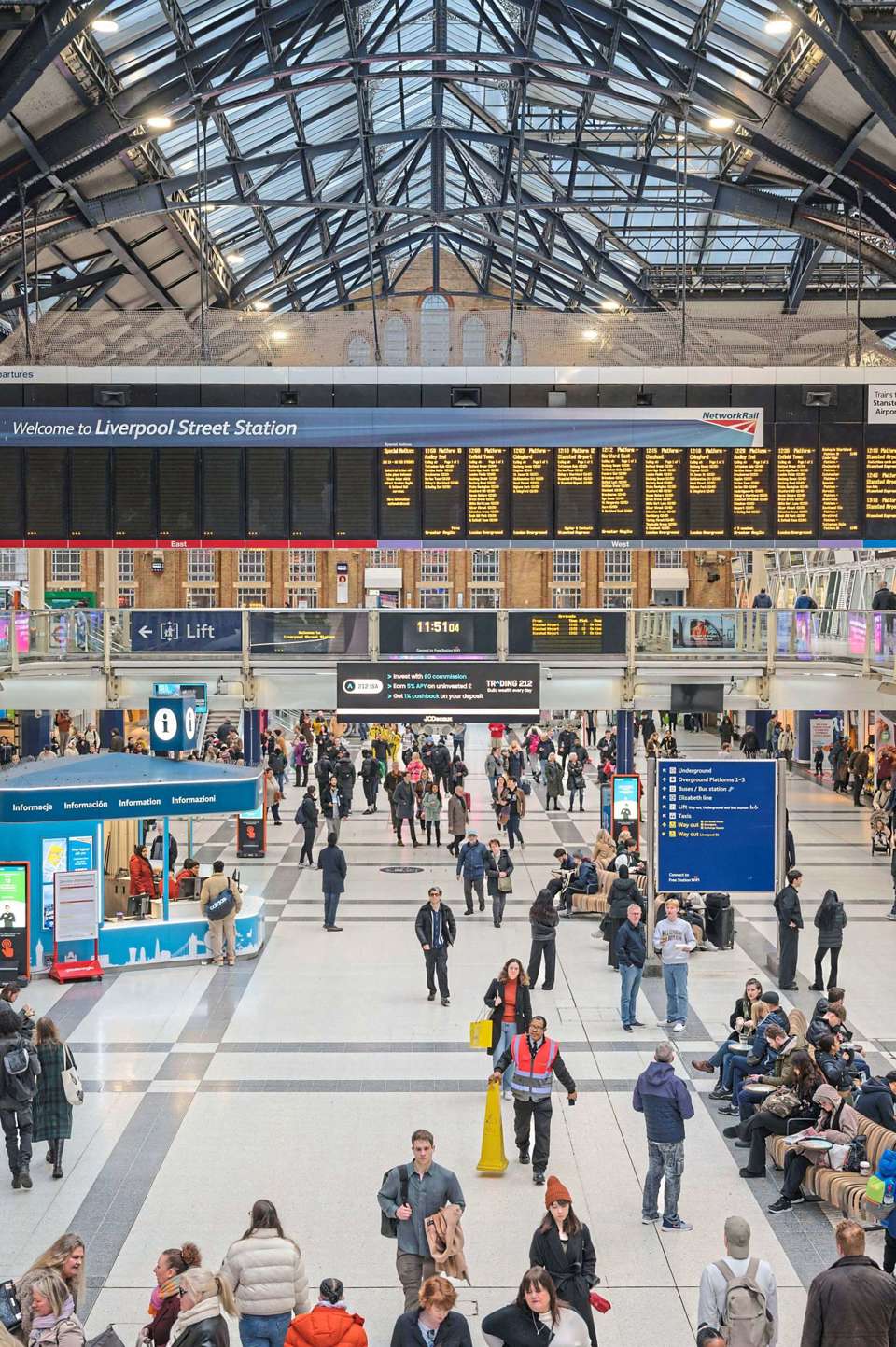


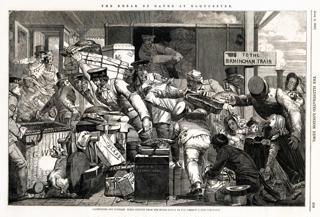
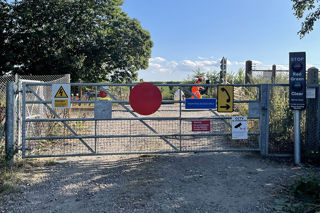
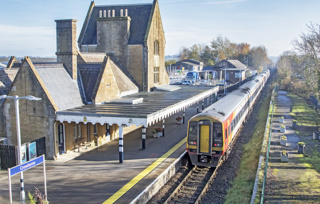
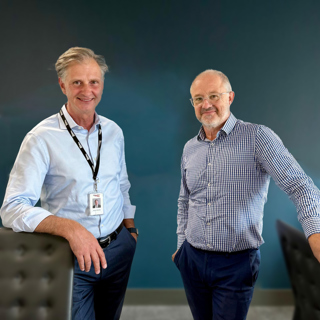











Login to comment
Comments
No comments have been made yet.